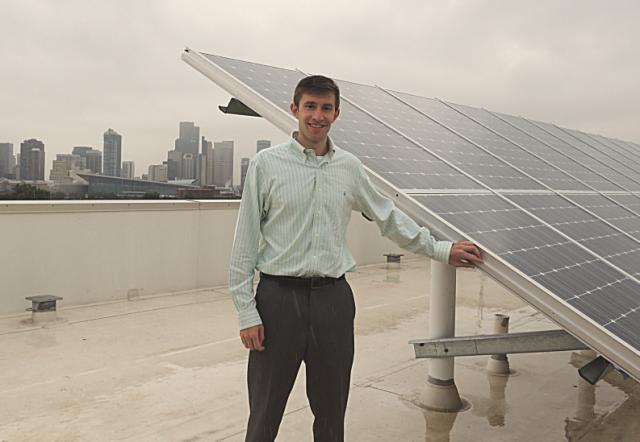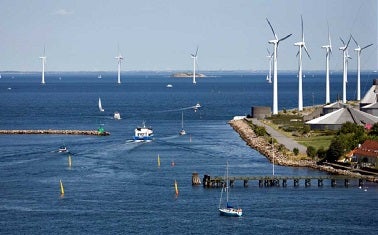By: Karan Gupta, EDF Climate Corps Fellow at Jones Lang Lasalle

EDF Climate Corps fellow, Karan Gupta, in front of the Building Automation System at 77 West Wacker, Chicago, IL.
Demand response – an energy saving tool that encourages customers to shift their electricity use to times of day when there is less demand on the power grid or when more renewable energy is abundant – has been at the core of my work this summer as an Environmental Defense Fund Climate Corps fellow. My host company, Jones Lang Lasalle, is the property manager for 77 West Wacker Drive, a 50-story office building in downtown Chicago. Here, I am focusing on maximizing the benefits of demand response, which have already been implemented through multiple technologies.
Currently, 77 West Wacker is enrolled in the PJM demand response capacity market through a demand response service provider. As discussed in my previous post, there are standby payments for demand response commitments, meaning that the building is paid for simply making itself available to reduce energy demand when called upon to do so. Read More




